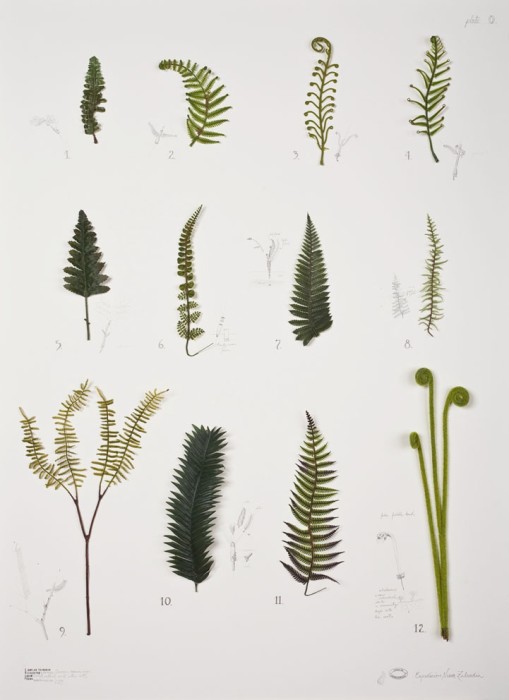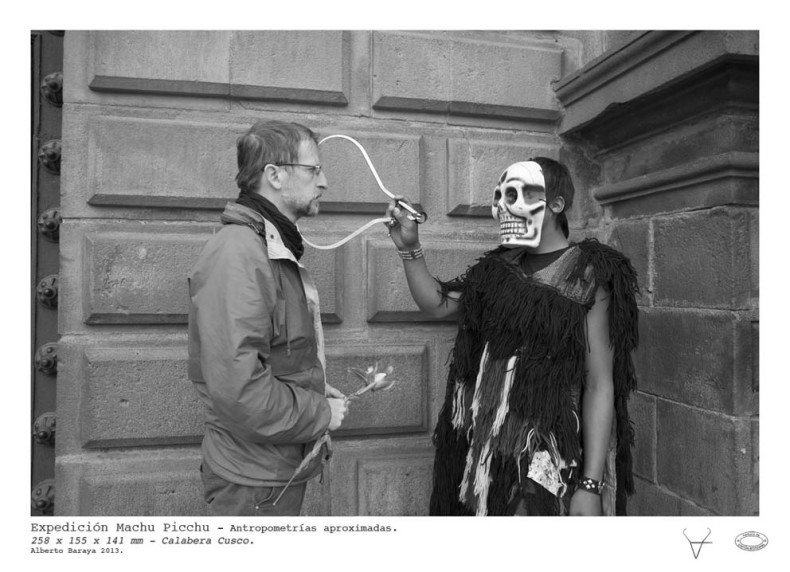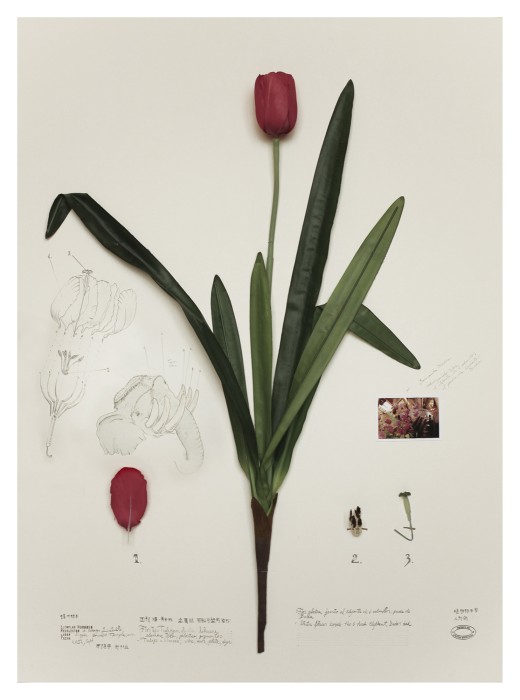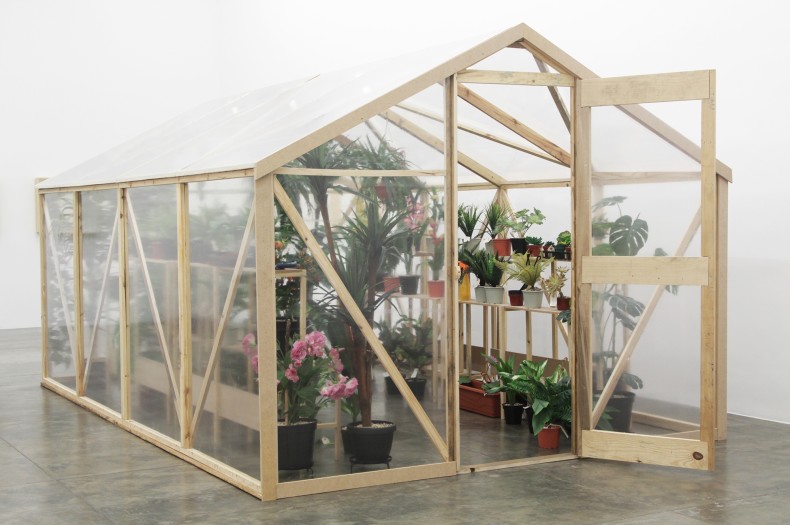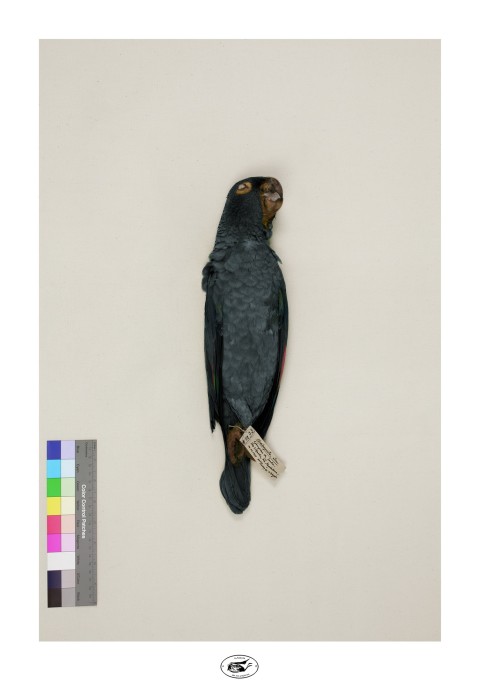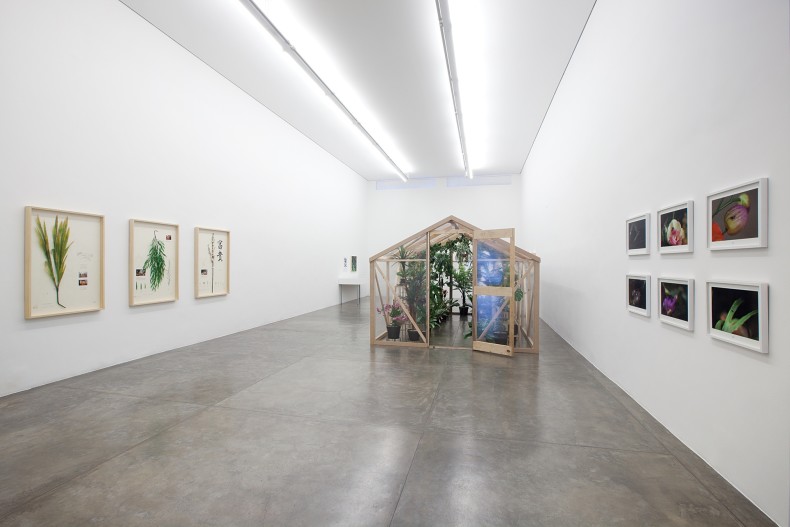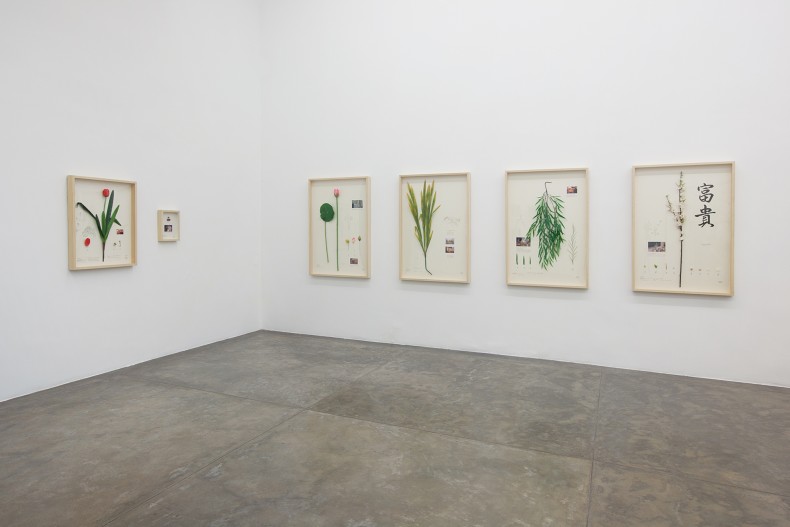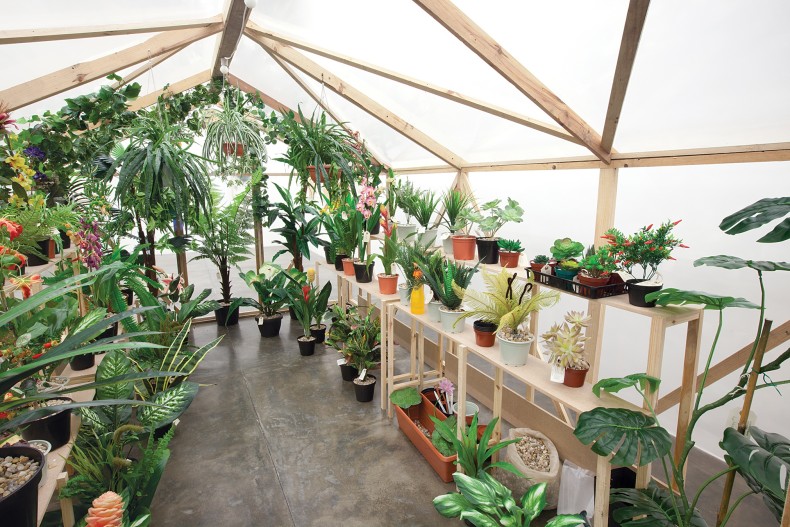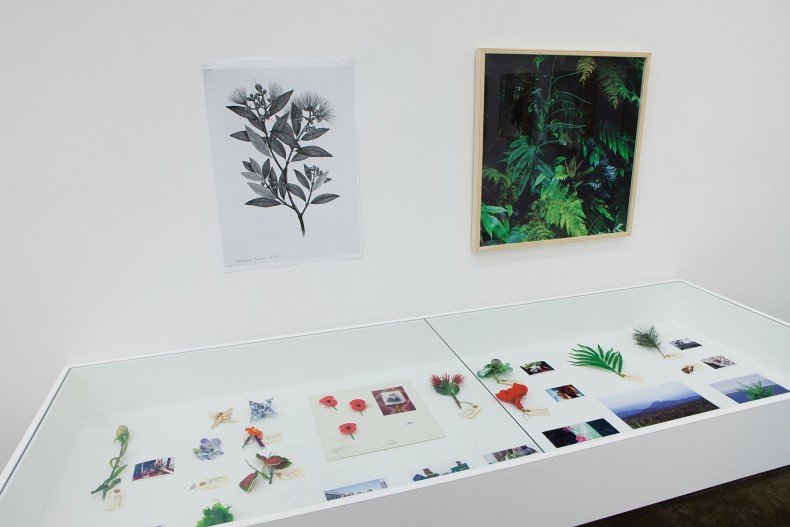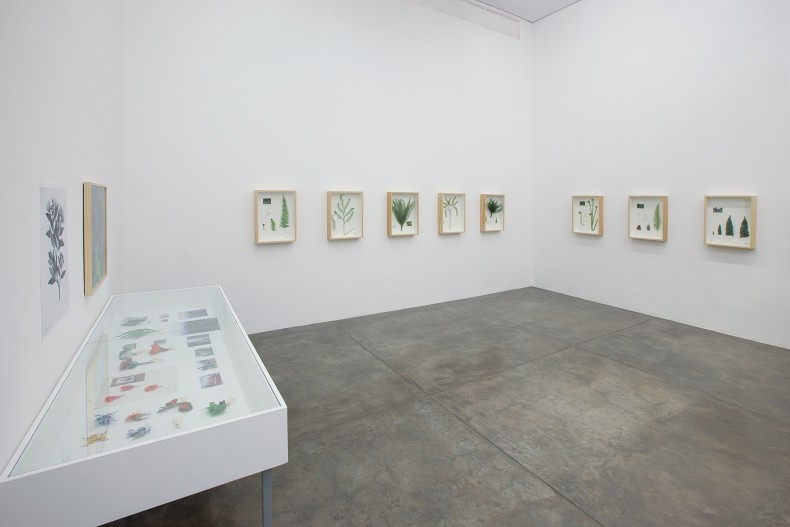On June 22, from 11AM to 3PM, Galeria Nara Roesler opens the solo exhibition of Colombian artist Alberto Baraya. With works resulting from his expeditions to New Zealand, China (Shanghai), Colombia (Teyuna), Australia and Peru (Machu Picchu), between 2009 and 2013, the show presents a retrospective outlook on the relationships that the artist-traveler established with different local contexts.
Works from the project Herbario de plantas artificiales are exhibited and, according to Baraya “the project will be in development for a long time”. The artist obsessively catalogs – with scientific rigor – the artificial plants found in each of the countries visited, questioning the scientific rationality. These new taxonomies add subjective components, discuss identities and incorporate waste products from the market. The goals of ancient scientific missions gain a contemporary, deeply critical aspect.
This is the case of the series of black and white photographs from his expedition to Machu Picchu, called Antropometrías aproximadas. A tool for early physical anthropology, anthropometry was used to identify and understand the human and physical variations and, on several occasions invalidated by history, to correlate characteristics to ethnic and racial factors. In these works, Alberto Baraya revises not only the archaeological exploration of the area of Machu Picchu, which takes place since 1901, but proposes a reflection on the idea of "discovery" of a culture by the hands of another, having his measurements taken by natives and tourists from all over the world.
In Expedición Teyuna, project previously selected for SP-Arte’s Curatorial Lab, the artist’s exercise was was much more familiar in geographical terms, but just as different in cultural ones. Local people were invited to pose with artificial reproductions of the native flora of Teyuna, the Lost City of Colombia. The marketing issues, often mentioned in the cataloging work of Baraya, are especially important in the history of Teyuna. Discovered by looters in 1972, the city became known to anthropologists and archaeologists only in 1976, when gold figurines and ceramic urns began to appear in the local black market.
A development of the installation La fábula de los pájaros, presented at the Biennial of Cuenca, in Ecuador, gathers stuffed birds, typical of Latin America, leading the viewer to different ways of contemplating controlled landscapes: the landscape of dissected and stuffed birds as a scientific instrument and their relationship to the landscape of the whole Bolivarian territory, their natural habitat.
